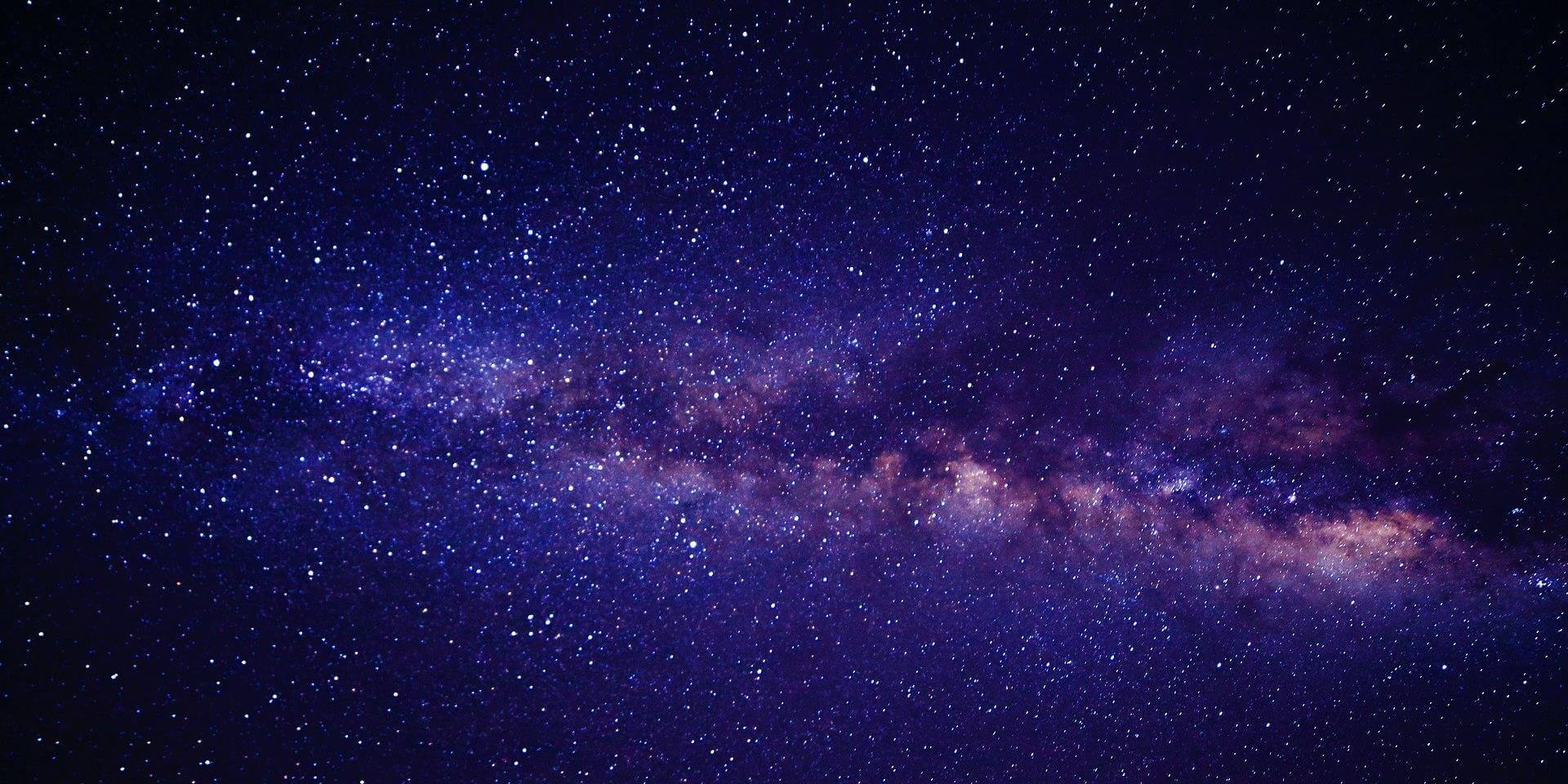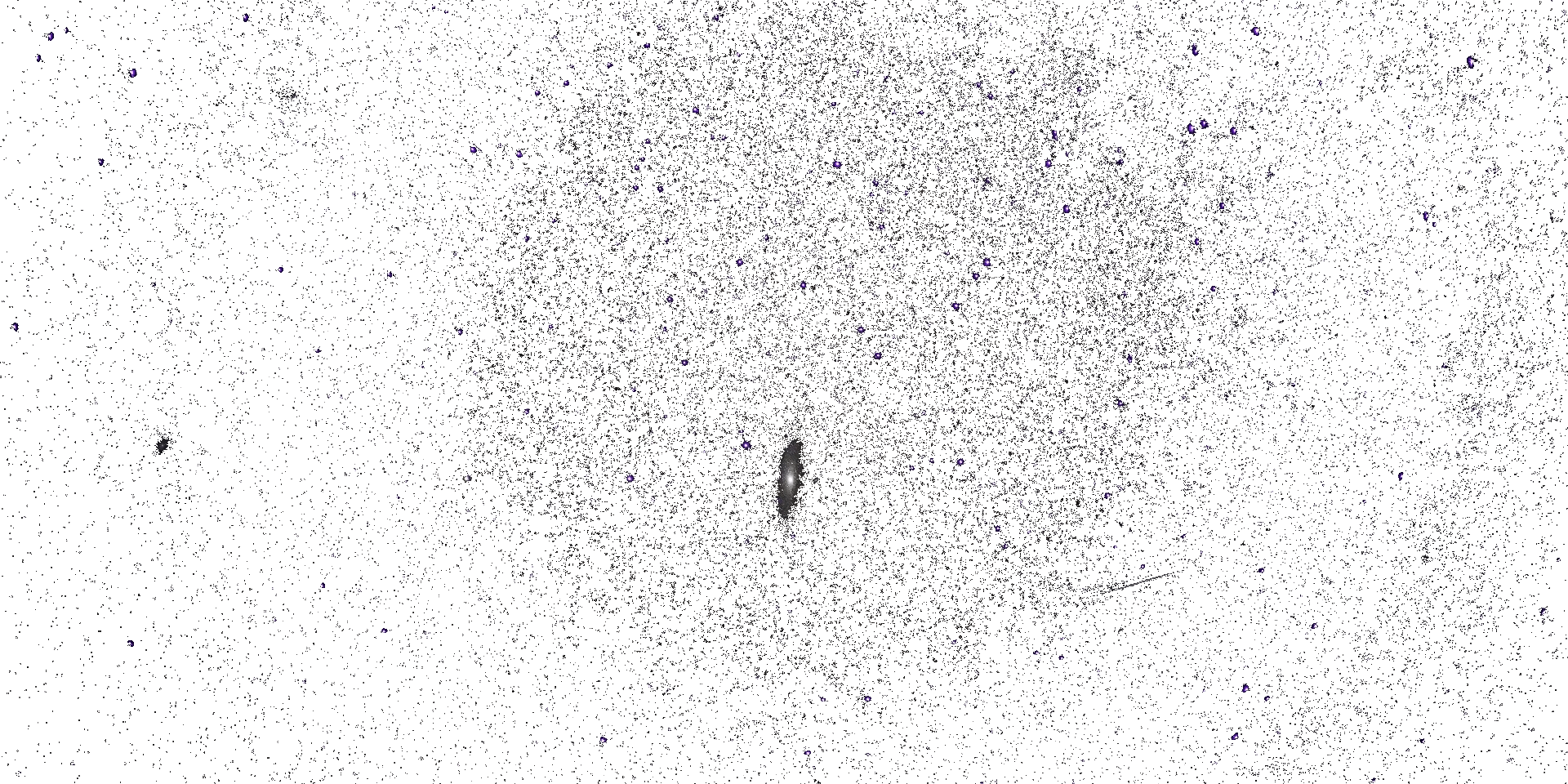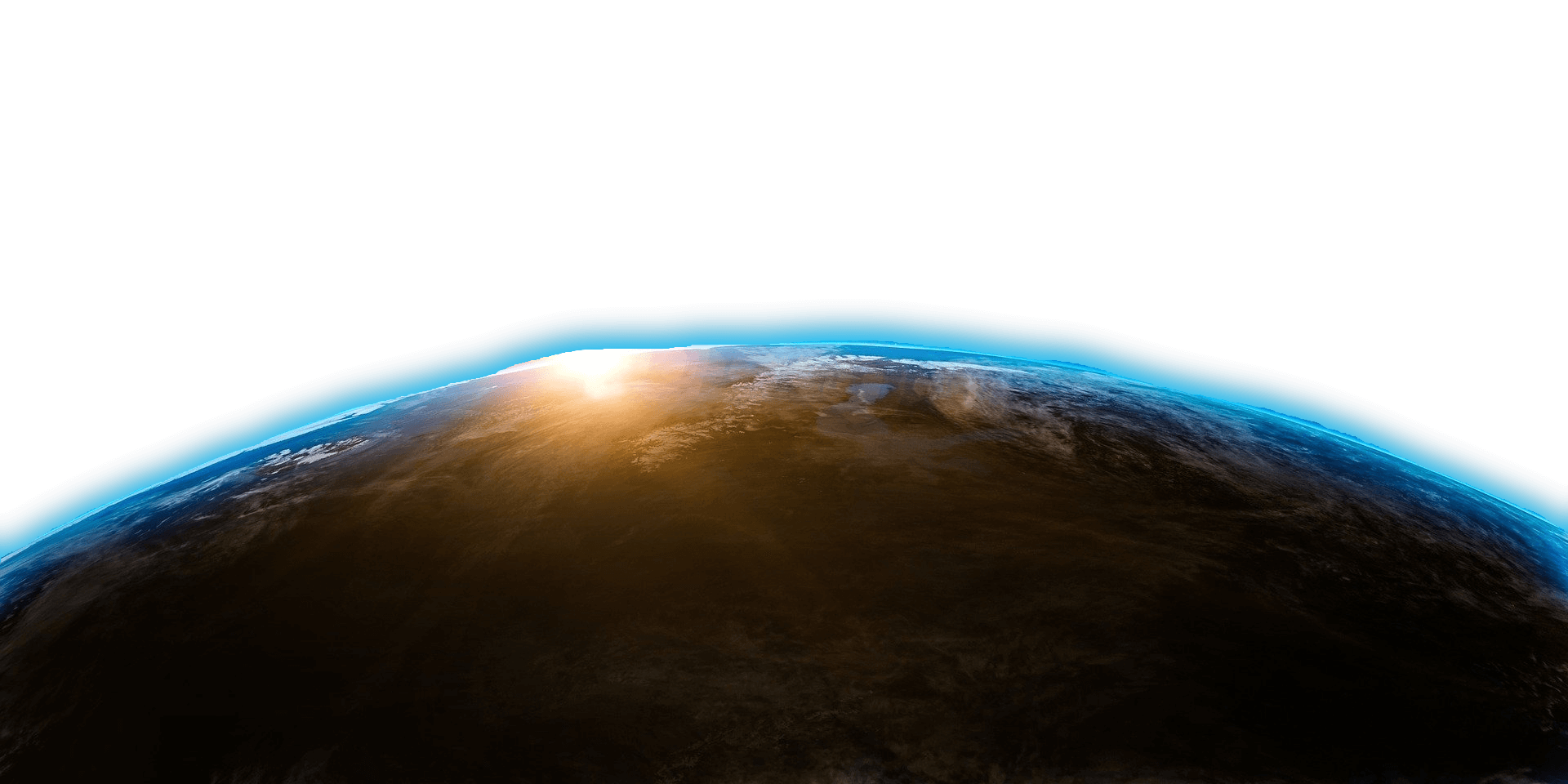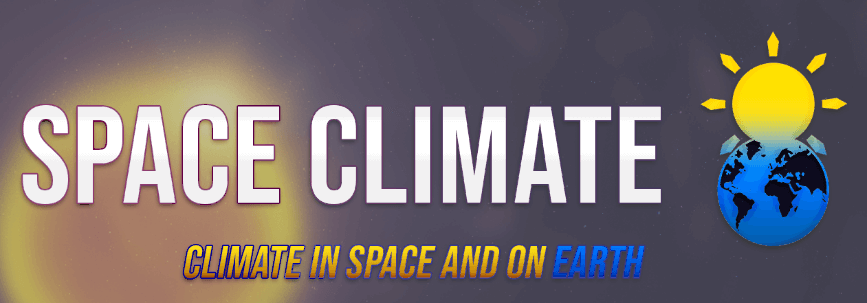




Space Climate 8 Meeting Abstract
Probing space plasma with LOFAR
Marcin Grzesiak (Space Research Center of Polish Academy of Sciences)
M. Pożoga (1) , B. Matyjasiak (1) , D. Przepiórka (1) , H. Rothkaehl, K. Budzińska (1)
(1) Space Research Center of Polish Academy of Sciences, ul. Bartycka 18A, 00-716 Warsaw, POLAND; e-mail: pajak@cbk.waw.pl
The Low-Frequency Array (LOFAR) is an excellent astronomical instrument and a very useful tool for studying irregularities in the ionosphere. Due to its operating in the frequency range (10-270 MHz, LBA range), LOFAR is very sensitive even to small changes in space plasma electron density. The interferometric nature of the instrument allows for multi-point observations and, thus, gives the possibility for ionospheric scintillation measurements over distances ranging from tens of meters to hundreds of kilometres.
The project for scintillation monitoring over the LOFAR stations has been carried out for several years, and a large amount of data has been collected and stored in the Long Term Archive (LTA). Available data contain signal amplitude for a few strongest radio sources (A Team) measured at all core and remote stations. Based on the LTA data, correlation analysis between stations can be made to obtain information about the characteristics of ionospheric structures.
Data for this study come from observations of some strongest radio sources signal amplitude during different geomagnetic conditions made by the LOFAR telescope. Based on scintillation simulations, we try to untangle the information contained in the full range (time, space, frequency) of LOFAR data and verify some hypotheses about the local structure of the ionosphere and its evolution.
Mode of presentation: oral (Need to be confirmed by the SOC)
